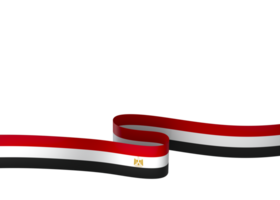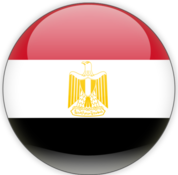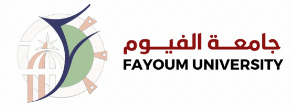Restoration
About Department
While the previous century witnessed the birth of a new science called restoration, that birth was not by chance or emerged over night, but it passed various phases. Some of these phases depended on technical and manual experiments then on observation, research and extracting the findings reached by the concerned bodies. Tracing the historical stages which show the birth of the science of restoration is considered by all means a very difficult process. This is because of the rare documents which are at hand. Nevertheless, the early adobe of this science was made thousands of years ago when the ancient Egyptian tried to repair his pottery and the like or through his knowledge of keeping his body after death … etc. This science handles the material culture i.e. monuments - whether organic (textile, mummies and …. etc) or inorganic (stones, mural paintings, metals and pottery … etc) - and how to conserve them using the modern equipment which enables us to define aspects of deterioration so as to be able to choose the best methods and materials for restoration to keep these priceless treasures exist for our coming generations to perceive the greatness of our ancestors, in addition to their being among the most important sources of national income.
Department Council
| أ.د. نجلاء محمود على (رئيس القسم) |
| أ.د/ جمال عبد المجيد محجوب (أستاذ متفرغ) |
| أ.د/ شحاتة أحمد عبد الرحيم (أستاذ متفرغ) |
| أ.د/ أماني محمد كامل كرورة (أستاذ متفرغ) |
| أ.د/ محمد كمال خلاف |
| أ.د/ نجوى سيد عبد الرحيم |
| أ.د/ عبد الرحمن محمد عبد الرحمن السروجي |
| أ.د/ شعبان محمد عبد العال |
| أ.د/ محمد معتمد مجاهد |
| أ.د/ صالح محمد صالح أحمد |
| أ.م.د/ رشا طه عباس أحمد |
| أ.م.د/ عبير فؤاد عبد المعز عبد المنعم |
| أ.م.د/ محمد مصطفى محمد عبد المجيد |
| أ.م.د/ نيفين كمال فهيم فرج |
| د/ مدين حامد عبد الهادي |
| د/ هبة سيد جلال |
| د/ مشيرة جمال محمد |
| د/ عبد المنعم محمد عبد المنعم |
| د/ سوتي عادل نصيف |
About Department
While the previous century witnessed the birth of a new science called restoration, that birth was not by chance or emerged over night, but it passed various phases. Some of these phases depended on technical and manual experiments then on observation, research and extracting the findings reached by the concerned bodies. Tracing the historical stages which show the birth of the science of restoration is considered by all means a very difficult process. This is because of the rare documents which are at hand. Nevertheless, the early adobe of this science was made thousands of years ago when the ancient Egyptian tried to repair his pottery and the like or through his knowledge of keeping his body after death … etc. This science handles the material culture i.e. monuments - whether organic (textile, mummies and …. etc) or inorganic (stones, mural paintings, metals and pottery … etc) - and how to conserve them using the modern equipment which enables us to define aspects of deterioration so as to be able to choose the best methods and materials for restoration to keep these priceless treasures exist for our coming generations to perceive the greatness of our ancestors, in addition to their being among the most important sources of national income.
About Department
While the previous century witnessed the birth of a new science called restoration, that birth was not by chance or emerged over night, but it passed various phases. Some of these phases depended on technical and manual experiments then on observation, research and extracting the findings reached by the concerned bodies. Tracing the historical stages which show the birth of the science of restoration is considered by all means a very difficult process. This is because of the rare documents which are at hand. Nevertheless, the early adobe of this science was made thousands of years ago when the ancient Egyptian tried to repair his pottery and the like or through his knowledge of keeping his body after death … etc. This science handles the material culture i.e. monuments - whether organic (textile, mummies and …. etc) or inorganic (stones, mural paintings, metals and pottery … etc) - and how to conserve them using the modern equipment which enables us to define aspects of deterioration so as to be able to choose the best methods and materials for restoration to keep these priceless treasures exist for our coming generations to perceive the greatness of our ancestors, in addition to their being among the most important sources of national income.



